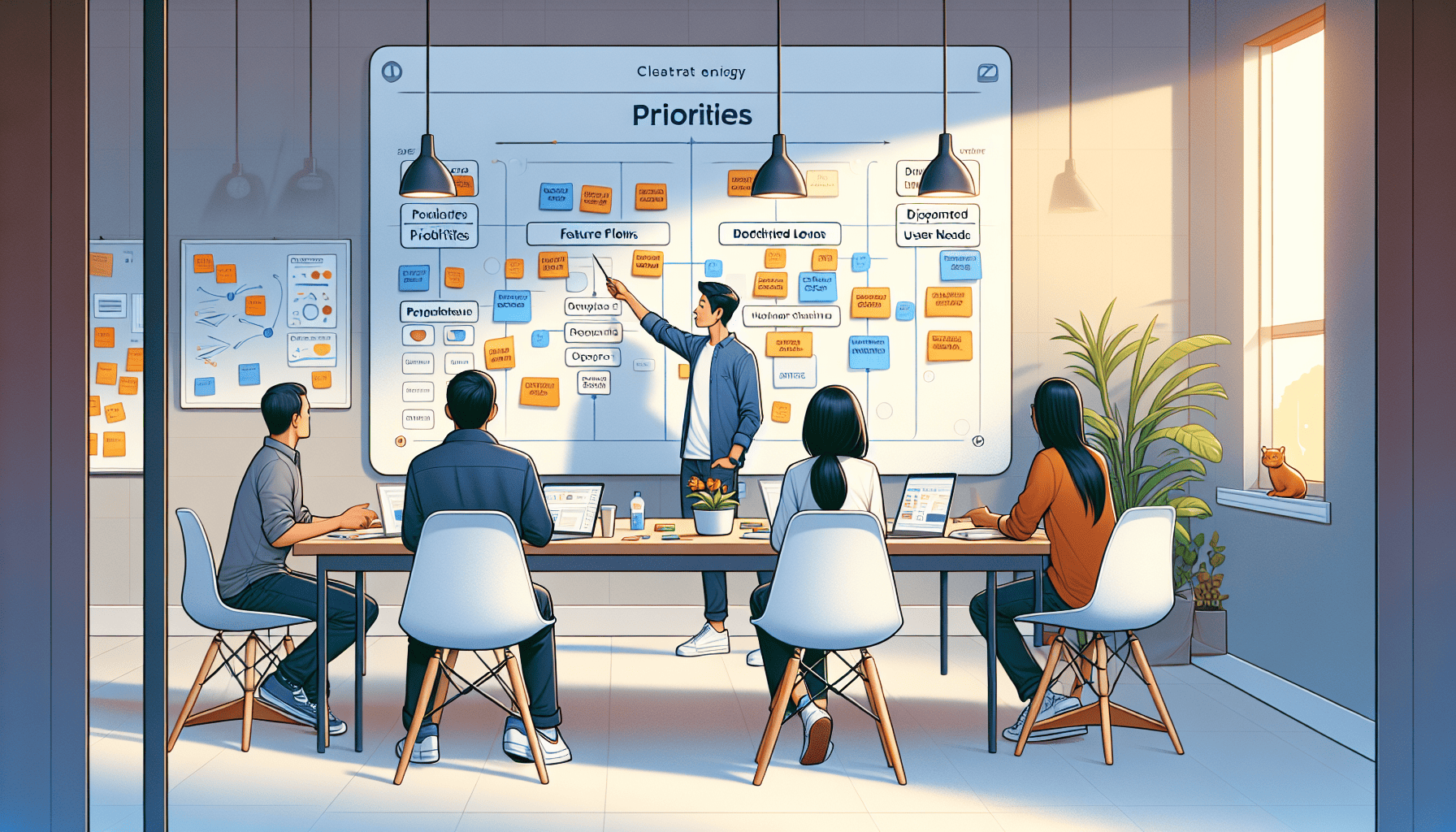🔄 Agile Transformation in a Scaling Startup Environment
Company: Early-stage startup
Role: Software Engineer → Scrum Facilitator → Product Associate
Team Size: Grew from 3 developers to ~12 across 2–3 Scrum teams
Tools Used: Taiga, Miro, ClickUp (prior), Google Meet
Methodologies: Scrum (customized), Scrumban, multi-team syncs
🔍 Overview
As the team began scaling, the company made a strategic shift from informal Kanban-style workflows to a more structured Scrum-based agile approach. I initially joined as a software engineer, but due to my communication strengths and broader understanding of product and delivery, I was invited to spearhead the transition to agile practices as the team’s Scrum Facilitator. Over time, I formally transitioned into a Product Associate role, working closely with leadership to support product delivery across multiple squads.
🚧 The Challenge
- Small, fast-moving team with limited agile experience
- No formal QA, PM, or Scrum roles in place
- Teams lacked delivery rhythm, shared planning habits, and process alignment
🛠 My Contribution
🧱 Grassroots Agile Facilitation
- Learned and applied Scrum principles from the ground up
- Facilitated daily standups, planning, retrospectives, and reviews
- Used Miro for retros and Taiga for sprint management
- Introduced a shared Definition of Done across teams
⚖️ Tailoring Agile to Context
- Ran Scrumban experiments for teams not ready for strict Scrum
- Prioritized clarity and adaptability over rigid structure
- Focused on team health, delivery confidence, and stakeholder sync
👥 Multi-Team Coordination
- Supported coordination across 2–3 squads (~12 developers)
- Led informal cross-team syncs to align releases and priorities
- Took ownership of manual QA and sprint acceptance
- Facilitated shared backlog grooming and team-wide retrospectives
💬 Overcoming Resistance
- Held open dialogues to address skepticism toward agile
- Framed improvements around team pain points and delivery friction
- Co-created working agreements that the team could buy into
- Encouraged healthy experimentation and iteration on process
📈 Results & Impact
- Improved backlog structure and cross-team visibility
- Increased clarity for both engineers and leadership
- Boosted delivery consistency and sprint confidence
- Fostered a culture of shared accountability and learning
🧠 Reflection
This was a defining moment in my shift from engineering into product. I didn’t just implement agile from a textbook — I helped build it from zero, based on real team dynamics and constraints. The process taught me how to listen, adapt, and lead without authority, skills that now shape how I approach all product work.
I didn’t just adopt agile — I co-built our version of it, tailored to the people and problems we had at the time.
🔒 Disclaimer & Collaboration Note
This case study reflects my personal role and perspective while working on a team project. All descriptions are generalized to respect confidentiality, and outcomes are shared in a way that acknowledges collaboration across multiple stakeholders, teams, and decision-makers.

